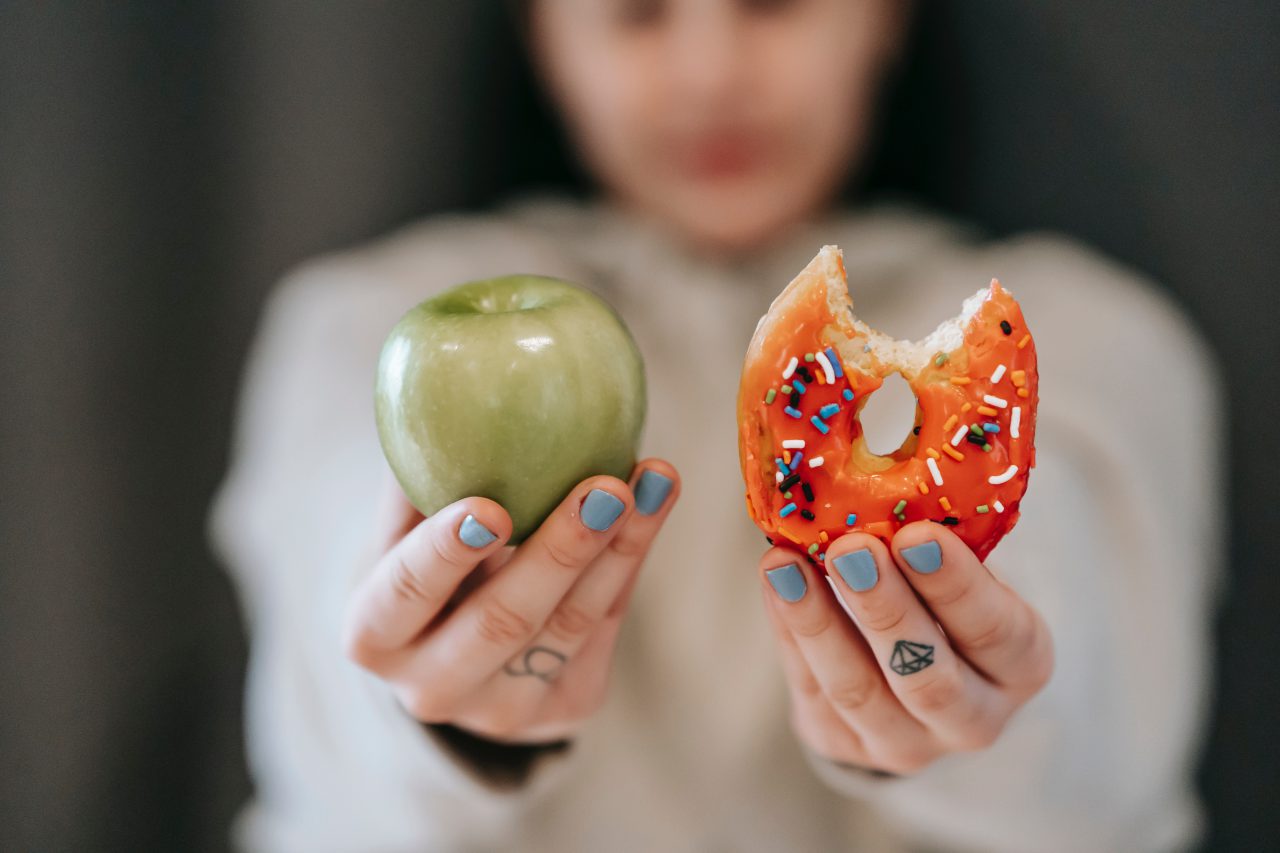
Simply put, the only way of losing weight is to burn more than you consume.
Imagine this: you and a childhood friend have been in the gym for a few weeks. After 1 month, despite having similar routines, you’ve noticed a significant change in your friend’s dimensions but few in your own. Despite the fact all bodies are different, a closer analysis reveals the biggest outlier between your friend’s success vs. your own lies within your caloric intake.
Let’s take a closer look at what that exactly means.
ENERGY AND HOW WE USE IT
Energy is defined as the quantitative property that must be transferred to an object in order to perform, work on, or heat an object. Our bodies receive energy in the form of Macronutrients (carbs, proteins and fats) which then helps to supply and fuel the body. The chemical process of energy release from macronutrients is known as metabolic rate.
As you know, the first law of Thermodynamics states energy can neither be created nor destroyed, simply transferred. Because of this how much we consume vs. how many calories burned, results in either a daily surplus or deficit. For you to see a significant change in losing weight, the deficit must remain constant over a period of time.
“In order to see a significant change, the deficit must remain constant over a period of time.”


The greatest percentage and perhaps most effortless way to expand energy is through your Resting Metabolic Rate (RMR). The body uses this energy to perform basic life-sustaining functions (i.e breathing, circulation, processing cells and nutrients) and accounts for 70% of all energy you expend. This is how many calories your body will burn on a daily basis while at rest. While biological characteristics (i.e age, sex, environment) can play uncontrollable factors in your RMR, factors such as exercise, sleep and low caloric intake can show a positive impact .
Thermic Effect of Physical Activity
The thermic effect of physical activity (TEPA) is the amount of energy your body burns during all physical activity. This includes everything from standing up from a seated position (NEAT: non-exercise activity thermogenesis) to the most intense high-intensity interval training workout. Your TEPA can range anywhere from 15 to 30% of TDEE.
Thermal Effect on Food
The thermal effect on food is simply the energy cost of chewing, swallowing, digesting, absorbing, and storing food. This amounts for the final 10% of TDEE
BOTTOM LINE…
In conclusion, the only way to losing weight is having your caloric intake be less than your caloric expenditure. Simply put…You have to burn more than you consume.
“The only way to lose weight is having your caloric intake be less than your caloric expenditure… simply put you have to burn more than you consume.“



